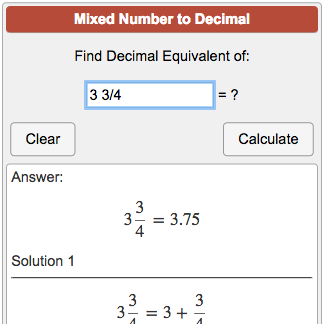


Īnd there is a unique positive real number π with this property. Π is commonly defined as the ratio of a circle's circumference C to its diameter d: π = C d. The circumference of a circle is slightly more than three times as long as its diameter. The choice of the symbol π is discussed in the section Adoption of the symbol π. In mathematical use, the lowercase letter π is distinguished from its capitalized and enlarged counterpart Π, which denotes a product of a sequence, analogous to how Σ denotes summation. In English, π is pronounced as "pie" ( / p aɪ/ PY). The symbol used by mathematicians to represent the ratio of a circle's circumference to its diameter is the lowercase Greek letter π, sometimes spelled out as pi.

The earliest known use of the Greek letter π to represent the ratio of a circle's circumference to its diameter was by the Welsh mathematician William Jones in 1706. The first computational formula for π, based on infinite series, was discovered a millennium later. In the 5th century AD, Chinese mathematicians approximated π to seven digits, while Indian mathematicians made a five-digit approximation, both using geometrical techniques. Around 250 BC, the Greek mathematician Archimedes created an algorithm to approximate π with arbitrary accuracy. Ancient civilizations, including the Egyptians and Babylonians, required fairly accurate approximations of π for practical computations. The decimal digits of π appear to be randomly distributed, but no proof of this conjecture has been found.įor thousands of years, mathematicians have attempted to extend their understanding of π, sometimes by computing its value to a high degree of accuracy. The transcendence of π implies that it is impossible to solve the ancient challenge of squaring the circle with a compass and straightedge. It is a transcendental number, meaning that it cannot be a solution of an equation involving only sums, products, powers, and integers. Consequently, its decimal representation never ends, nor enters a permanently repeating pattern. It is an irrational number, meaning that it cannot be expressed exactly as a ratio of two integers, although fractions such as 22/7 are commonly used to approximate it.

The number π appears in many formulas across mathematics and physics. The number π ( / p aɪ/ spelled out as " pi") is a mathematical constant that is the ratio of a circle's circumference to its diameter, approximately equal to 3.14159.


 0 kommentar(er)
0 kommentar(er)
